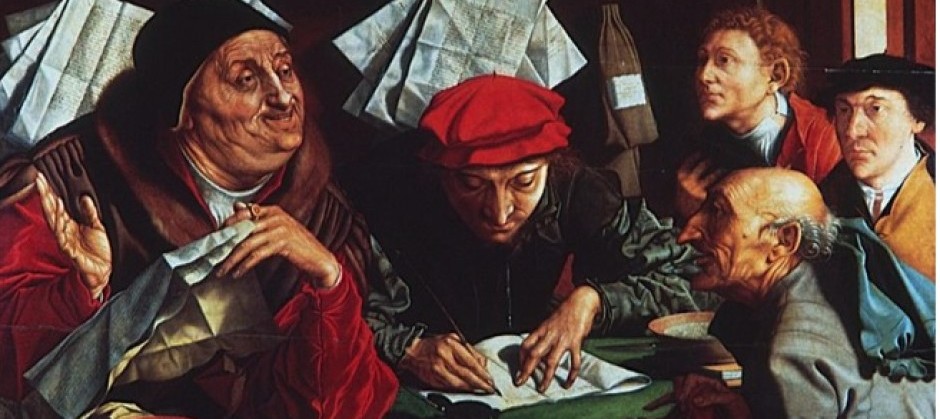
ILLUSTRATION: Miguel Gallardo
We have been thinking about this page as a place to collect threads. We hope that you will check in and connect up often. “Is Giving the Secret to Getting Ahead?”, is an article that Janos Marton, Director of the Living Museum, alerted me to. It connects to the ideas that he encountered here at TC through Professor Morton Deutsch, so influential to the Living Museum structure. It is also relates to Dewey’s conception of sustainable expansion that allows coherence to come in to being naturally. In the article posted above Adam Grant, professor of organizational psychology at Wharton also takes an expansive approach to life, seeing in every moment the potential to learn and enhance his own existence. Rather than create filters that keep things out, he lets them in, allowing experiences and information to align naturally with his own interests, needs and intentions. As Dewey wrote “coherence manifests where changes interlock and endure.”
In the article that Andrea sent out, Bringing things to life: Creative Entanglements in a world of materials, the author Tim Ingold makes a similar case for the fluxes and flows of materials and creativity as an “improvisatory joining in with formative processes…”
And on a very pedestrian note here is a link to a humorous essay that Lisa Jo Sagolla, our InStep co-ordinator, suggested I post http://www.newyorker.com/humor/2012/12/17/121217sh_shouts_rich that puts it all in perspective.
In thinking about yesterdays session with Patricia Llosa and Duff Schwenninger a number of questions came to mind. Related to the above thread about collaboration, I realized we had not asked Duff about the experience of making the film. How did the film come to have its final form? How many collectives were actually documented and where can the films be seen/accessed? The films we saw really focused on the conceptualization and activation of the collectives and the works produced. Do other segments of the film include the process of locating and connecting with the collectives?
In Patricia’s beautiful introduction to Garcia Lorca’s manifesto, I came to understand duende as a spirit of change, a transcending function that awakens spontaneous creation. Unlike the muse that awakens, prompts and, dictates or the angel that dazzles the individual person, duende is described as a spirit that rises from our collective unconscious. Duff asked if duende was cullturally bound. Some of the contention around Carl Jungs work is confusion around this question of archetypes and the collective unconscious. Is it harder for duende to rise and come forth in groups that are culturally diverse?
Regards,
Allison
